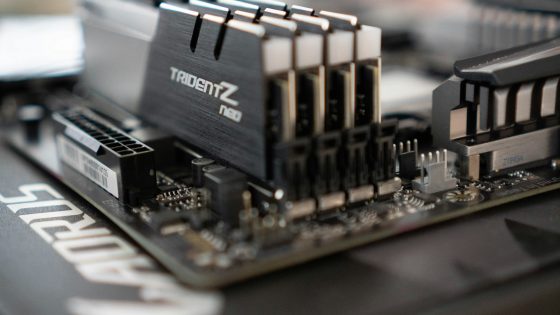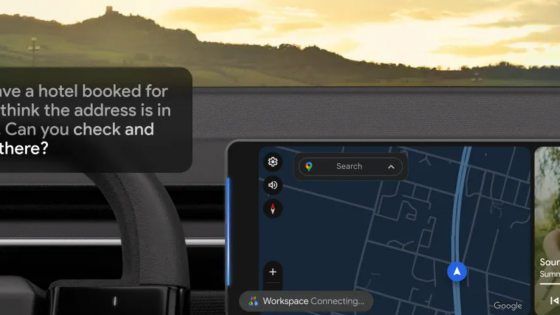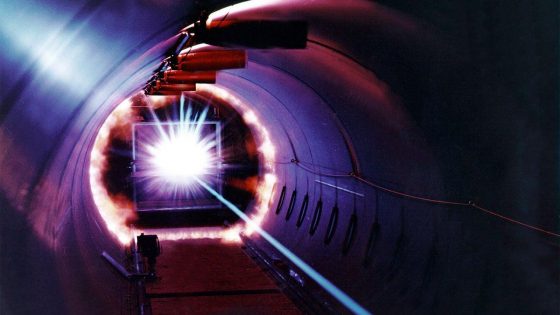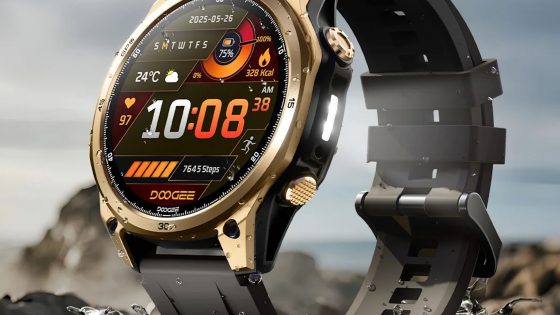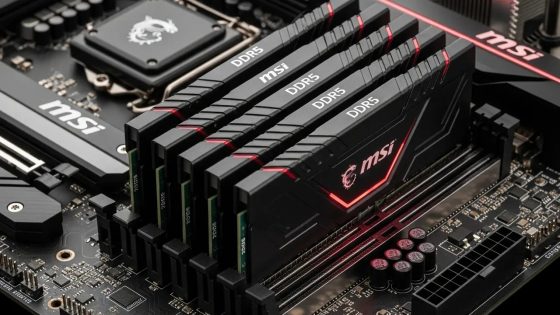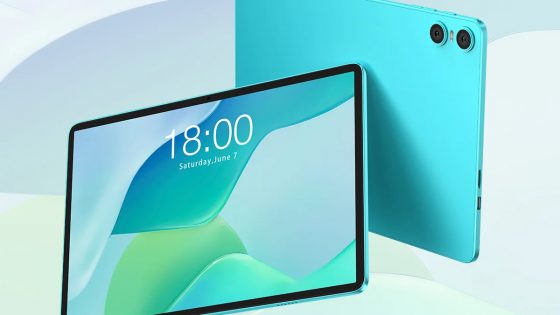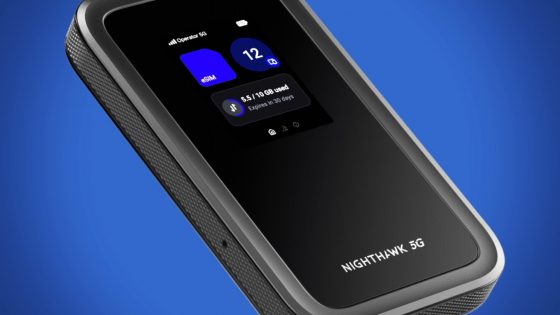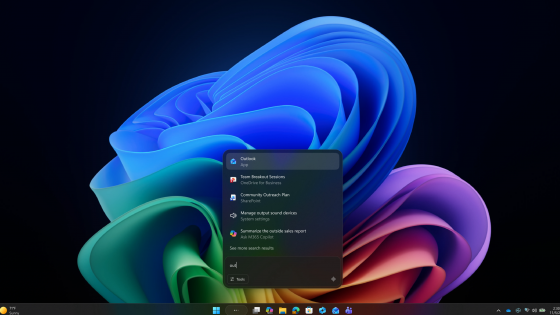WD Elements SE (6 TB) test: an easy and inexpensive way to store files
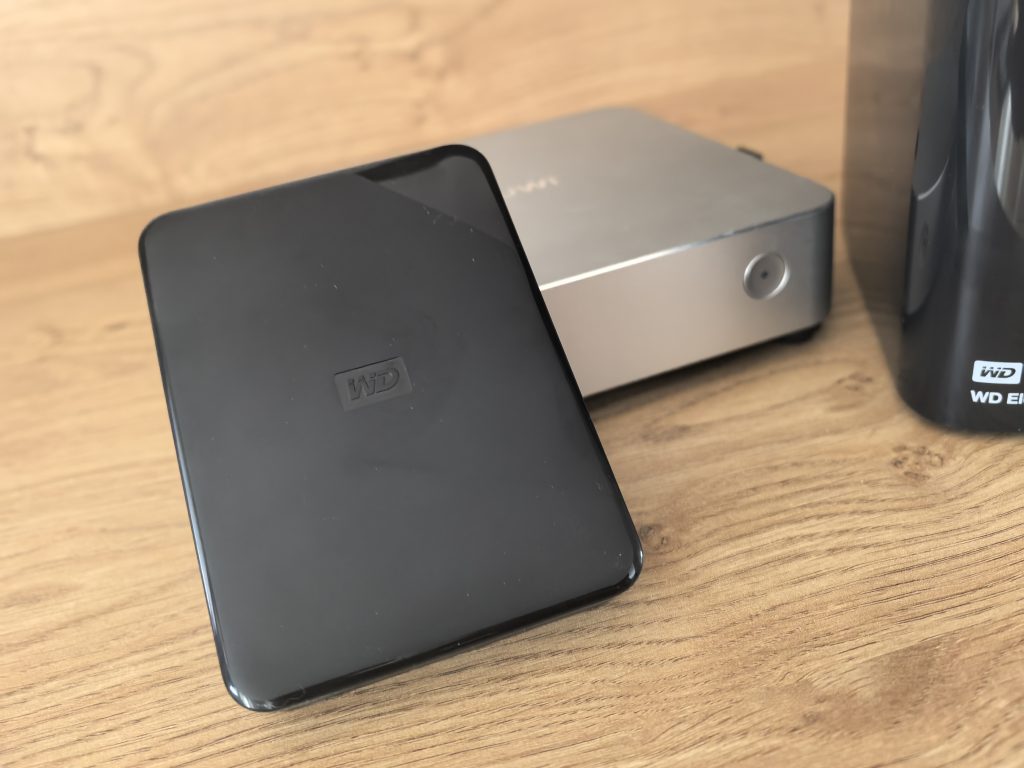
There are several ways to expand your computer's capacity. You can easily add a new HDD or SSD, depending on how many slots and connectors you have available. For example, if you run out of NVMe slots, you can add a PCIe expansion card, provided that there is a PCIe slot available. You can choose to US, if you need larger capacities and some other features. For example, few people buy a Thunderbolt/NVMe enclosure and insert a classic NVMe SSD for the highest speeds. The easiest way is to simply connect an external SSD or HDD. Often the best way, especially if you know that the drive will follow you everywhere.
I received a 6 TB Western Digital (WD) Elements SE external HDD for testing, which clearly won't compete for the title of fastest, but what it lacks in speed it makes up for in volume.
WD Elements SE 6TB price
- WD Elements SE 6TB: approximately €160
WD Elements SE 6 TB: don't buy it for speed, but for capacity
The WD Elements SE 6TB is a classic external portable hard drive (HDD) in a small 2.5-inch chassis. The drive connects via USB 3.2 Gen 1 (5 Gb/s) and does not require external power to operate. It is formatted in the NTFS file system when purchased (for immediate compatibility with Windows), and an NTFS driver for macOS is also available, meaning you don't need to format it.
WD doesn't include any additional backup software, and the Elements model doesn't support hardware-based password encryption (that's reserved for the more expensive My Passport models). The case is black and made of plastic, but it feels sturdy enough. The warranty is 2 years, which is standard for this category.
In sequential reading and writing, the WD Elements SE 6 TB performed quite well. In CrystalDiskMark on Windows, it achieved about 120 MB/s in sequential reading and about 110 MB/s in sequential writing. This is a typical result for modern external drives of such capacities and physical speed of 5400 rpm. In ideal circumstances, they can reach up to about 130 MB/s in short bursts, but on average they hover just above 100 MB/s.
It is worth noting that random speed (access to a multitude of small files scattered across the disk) lags significantly behind sequential. This is expected with mechanical disks due to the slower movement of the read head. In our test, the average random read speed of small 4K files was only around 0.5 MB/s, which means that the disk reads only a few hundred such small pieces per second (about 100 IOPS). Random writing is similarly limited. As a result, downloading or copying a large number of small files (collections of documents or photos in many folders) is significantly slower than transferring a single large file.
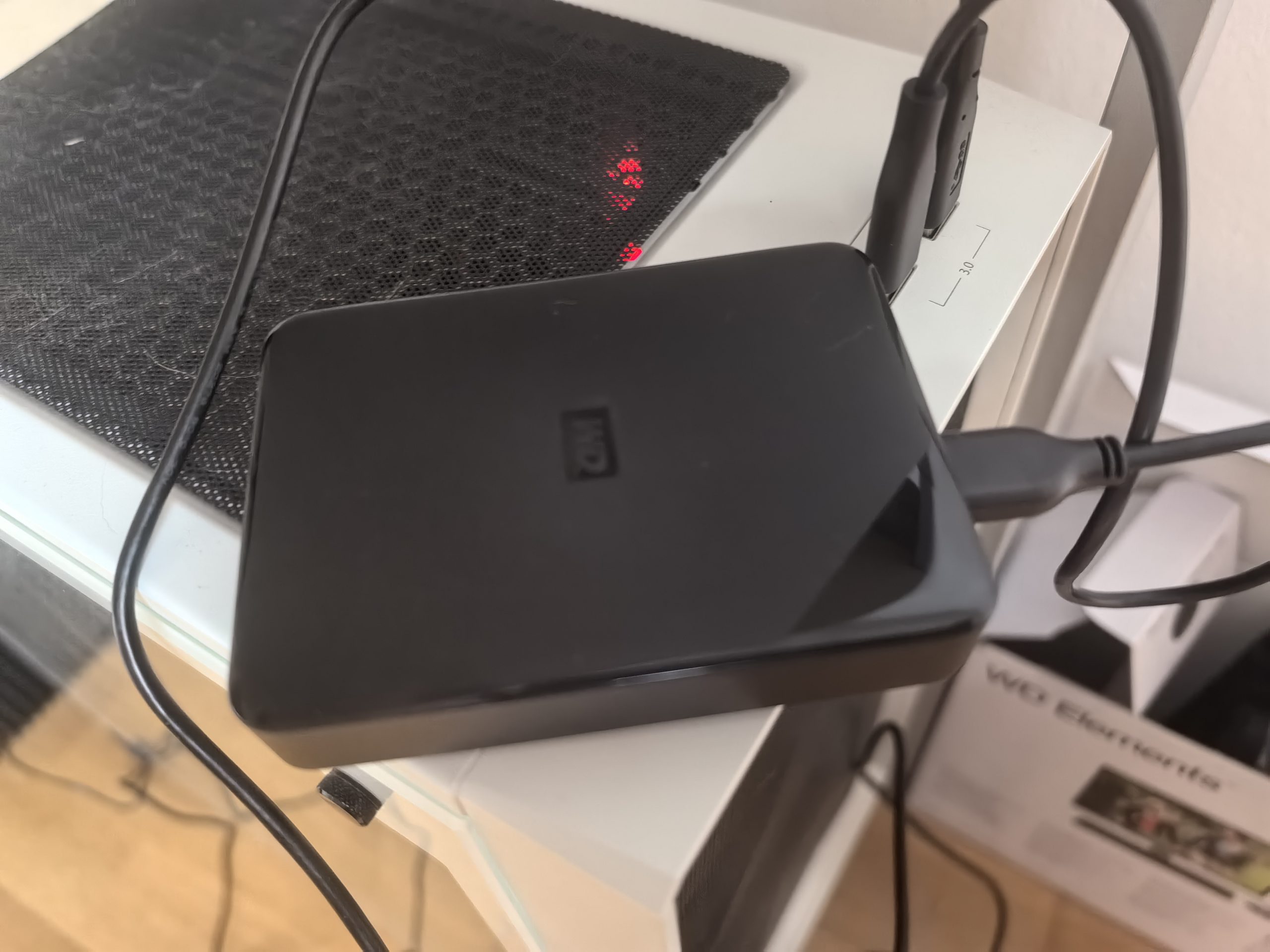

I was also interested in how the drive would perform when transferring very large amounts of data at once, a scenario that is relevant when, for example, filling a drive with backups for the first time or copying a video archive. For this test, I wrote a single large file (tens of GB) to the drive and observed the duration and speed of the transfer over time.
At first, the WD Elements SE 6 TB performed great. The first 20 GB were written at full speed, around 110-120 MB/s. Then I noticed a drop in speed. Towards the middle of the transfer, the speed dropped to 80 MB/s, and at the end it stabilized at around 50 MB/s. This behavior suggests that the drive probably uses SMR (Smooth Magnetic Recording) technology to achieve such a high capacity in a small format. SMR drives have a lower consistent write speed. They first write quickly to the fast cache area, but when it fills up, a slower write to the permanent layer begins.
It's important to note, however, that the read speed of large sequential files is unaffected. When I later tested reading the same file from the disk, it ran consistently at 120 MB/s from start to finish.
I also checked how hot the drive gets during intensive use. Since the WD Elements SE doesn't have active cooling (no external portable drive does), it relies on passive heat dissipation through the case. In normal use (occasional file copying, short transfers of a few 10 GB), the drive only got lukewarm. During the aforementioned longer copying, however, the heat was more noticeable, sometimes reaching around 50 °C. In such cases, just make sure the drive has enough room to breathe. Don't cram it into a drawer. Even if it does, it won't magically ignite, but in the long run, this heat affects the health of the drive.
Otherwise, it is practically inaudible, like most external drives.
It's worth noting that WD Elements, as mentioned, doesn't include any additional software. This means you don't get any tools for automatic backup or encryption. For some, this may be an advantage (less clutter, you can simply use the drive as a large-capacity USB key), but for others, it may be a disadvantage if they were expecting integrated backup solutions.
The drive goes into sleep mode when it is not used for a few minutes. You can hear the platters stop (the drive stops spinning) and then it makes no sound and also heats up minimally.
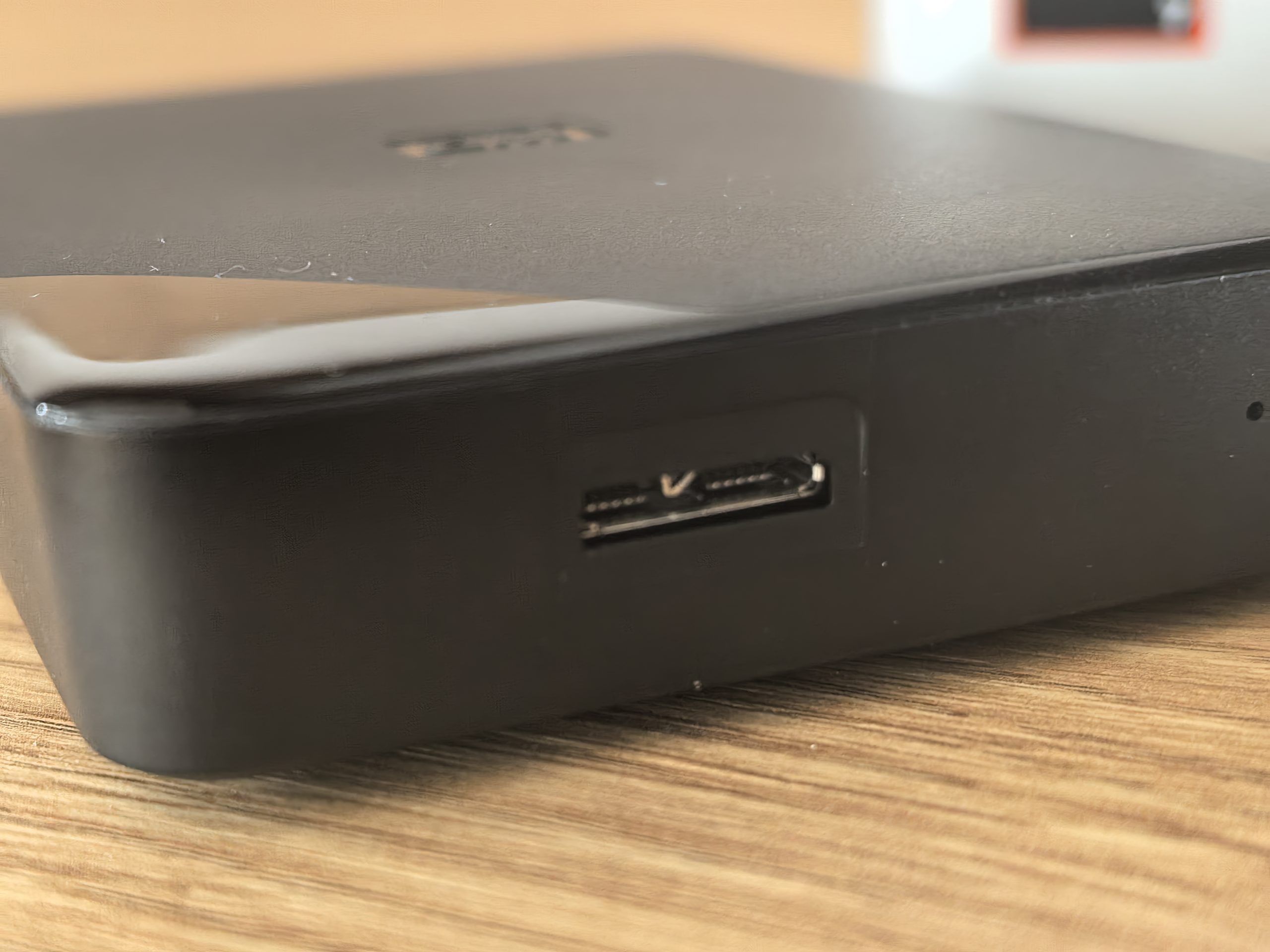
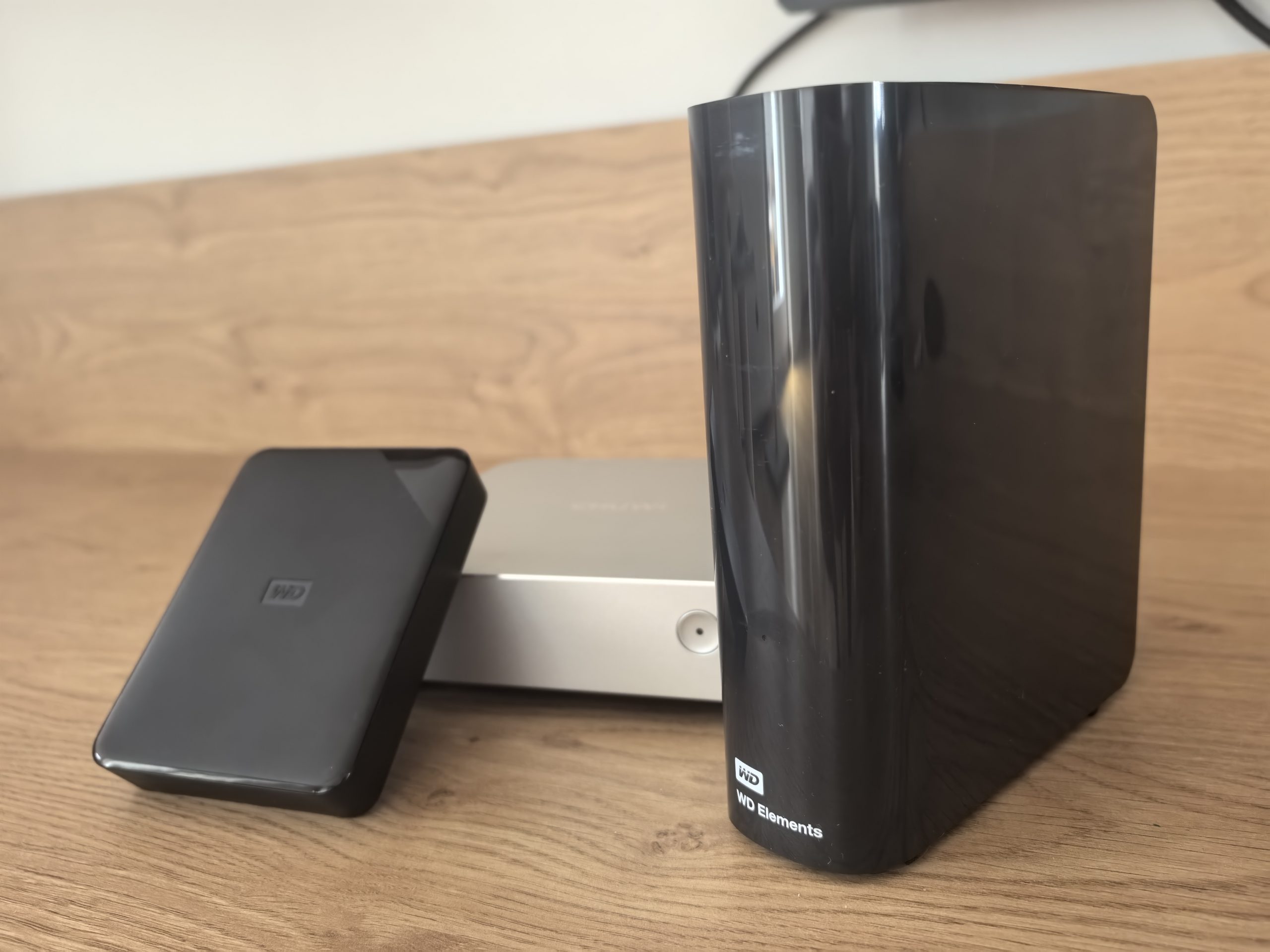
You didn't buy the fastest on the market, but something reliable
The WD Elements SE 6 TB behaves predictably, reliably and simply. It doesn't require any special settings, you just plug it in and use it like a giant key. The speeds are sufficient for all common purposes, the capacity is exceptional, and at the same time the drive is quiet and doesn't get excessively hot during light use. If you need speed, you definitely won't buy this drive. But if you need reliability and huge capacities for little money, this may be the drive for you.





